Carotenoids
In order to influence the color of a fish, one group of micronutrients deserves special attention: carotenoids. In addition to the color aspect, carotenoids also serve as a precursor for vitamin A [1] .
Fish must obtain the necessary nutrients for color development from their food, as the organism is not able to synthesize them independently [2] .
Especially in today’s aquaculture and in the artificial keeping of koi ponds, the supply of carotenoids in sufficient concentrations is more crucial than ever. What is absorbed under natural conditions via algae and microorganisms, must be secured in the pond as needed through the feed.
For the owner, the color of the fish is one of the most important quality characteristics. In the skin of a fish there are chromatophoric cells that are responsible for the respective color characteristics when combining different pigment deposits. Chromatophoric cells can be divided into different cell types: erythoracic cells (red-yellow), xanthophoric cells (yellow) and melanophore cells (brown-black) [6] .
Astaxanthin, which is stored in the erythoracic cells, is considered the main carotenoid for red pigmentation and must be supplied through the diet [1] . With the help of β-carotene, lutein, zeaxanthin, iso-cryptotoxanthin, echinenone and canthaxanthin, which can be taken in through the diet, the fish is able to synthesize astaxanthin itself [1] .
The myth that color improvement is possible beyond genetic potential must be refuted. Even when fed with food containing colorants, fish with few chromatophoric cells do not achieve the color brilliance of genetically better equipped animals. It is possible to help the existing cells to achieve more color intensity with optimal care (within a certain framework). However, high-quality food cannot produce a “color miracle” if the fish has a poor disposition.
According to the latest findings and studies, the optimal astaxanthin content for koi food is around 40 – 80 ppm [4, 5] . Inexpensive feeds usually contain only small amounts of astaxanthin, if at all. To suggest a high color content, red dyes are often added to the food, but these cannot be used by the koi. Astaxanthin is very expensive and costs a four-digit Euro amount per kilogram.
Scientific sources:
[1] Tan Phaik Shiang (2006): Skin colour changes in ornamental koi (cyprinus carpio) fed different dietary carotenoid sources . Dissertation. Universiti Sains Malaysia.
[2] Steffens, W. & Arlinghaus, R. (2008): The carp. Cyprinus carpio L.; [with 47 tables]. 6th revised and expanded edition. Westarp-Wiss. Hohenwarsleben, p. 61.
[3] Naguib YMA (2000): Antioxidant activities of astaxanthin and related carotenoids . Agric.Food Chem. 48,1150 – 1154.
[4] Nguyen, NV; Khanh, TV; Hai, PD (2014): Study on Development of Formulated Feed for Improving Growth and Pigmentation of Koi Carp (Cyprinus carpio L. 1758) Juveniles , Research Institute for Aquaculture No. 2. Journal of Life Science. Ho Chi Minh City, Vietnam
[5] Kim, YO; Jo, JY; Oh, SY (2008): Effects of Dietary Spirulina, Chlorella, and Astaxanthin on the Body Color of Red- and White-colored Carp, Cyprinus carpio . Journal of the Korean Fisheries Society 41 (3), 193 – 200.
[6] Becher, H. (1929): Über die Entwicklung der Xanthophoren in der Haut der Knochenfische , Verlag von Julius Springer, Anatomisches Institut der Universität Gießen
